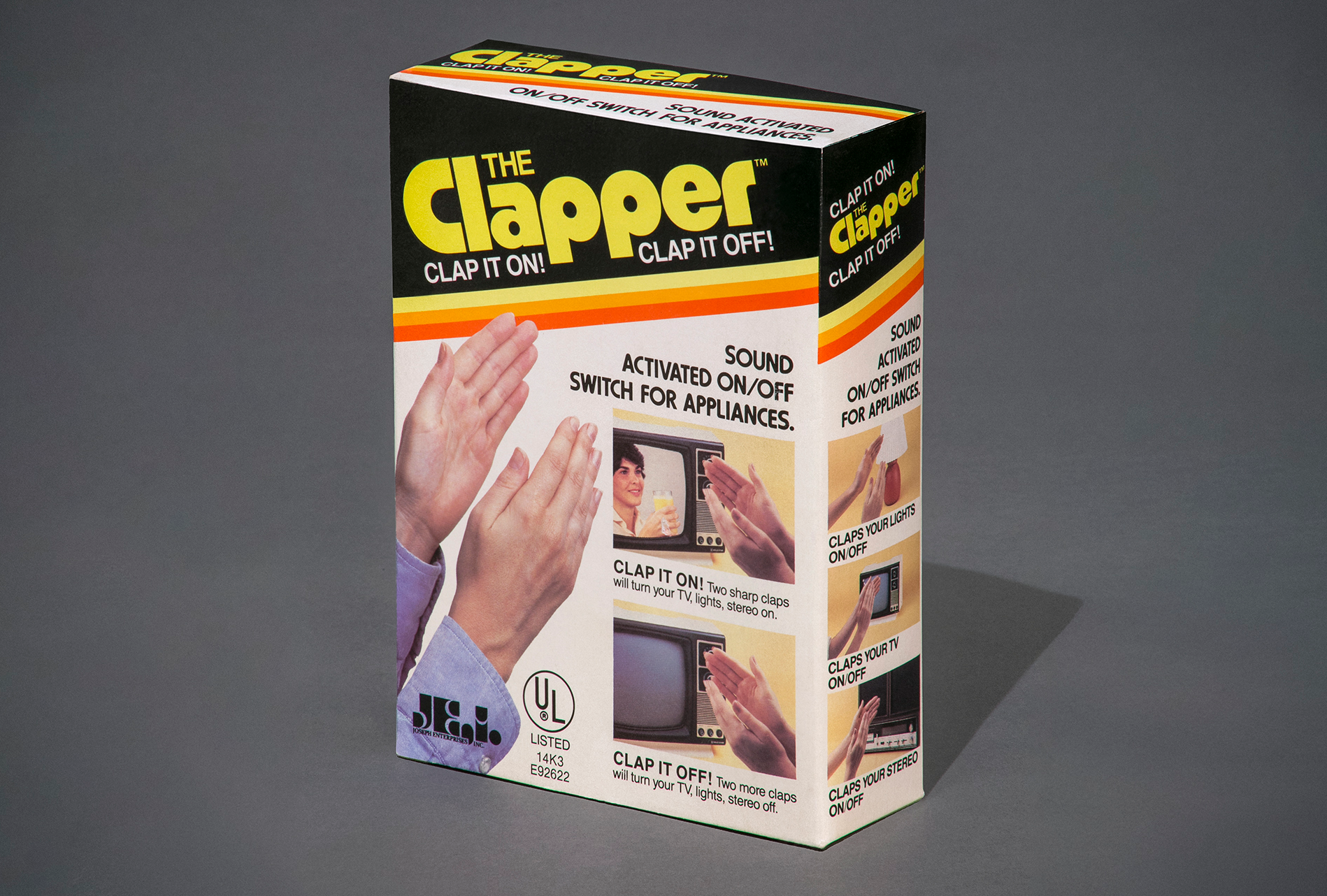 By the time the 1980s rolled around, the Slinky had already been a beloved toy for decades. Born in the 1940s from the accidental ingenuity of a naval engineer, the Slinky was one of the simplest toys ever invented—a metal spring that could “walk” down stairs. But in the explosion of neon-colored plastic, electronic beeps, and battery-powered toys of the ’80s, the Slinky somehow held its ground. It didn’t light up, it didn’t make noise, and it didn’t shoot lasers—but it captured the imagination of kids in a way that only a true classic could. In the midst of the toy industry’s wildest decade, the Slinky didn’t just survive—it thrived.
By the time the 1980s rolled around, the Slinky had already been a beloved toy for decades. Born in the 1940s from the accidental ingenuity of a naval engineer, the Slinky was one of the simplest toys ever invented—a metal spring that could “walk” down stairs. But in the explosion of neon-colored plastic, electronic beeps, and battery-powered toys of the ’80s, the Slinky somehow held its ground. It didn’t light up, it didn’t make noise, and it didn’t shoot lasers—but it captured the imagination of kids in a way that only a true classic could. In the midst of the toy industry’s wildest decade, the Slinky didn’t just survive—it thrived.
The original Slinky was made of metal—about 80 feet of steel wire tightly coiled into a palm-sized spring. Its magic came from its ability to “walk” down stairs, flipping end over end in a hypnotic rhythm that fascinated generations of kids. There was no motor, no remote control, no assembly required. You just placed it at the top of the stairs and let gravity take over. The Slinky would stretch, flip, collapse, and bounce, somehow righting itself and continuing down step after step. Watching it move was almost therapeutic. It seemed to defy physics and common sense. And when it worked just right—when it didn’t get tangled or stop halfway—it felt like a miniature miracle.
In the 1980s, the Slinky experienced a resurgence in popularity thanks to clever marketing and a timeless sense of fun. The jingle from earlier decades—“It’s Slinky, it’s Slinky, for fun it’s a wonderful toy!”—still popped up on TV, reminding a new generation that this humble spring still had what it took. Toy stores stocked both the original metal version and newer plastic ones, which came in neon colors that matched the loud fashion and bold aesthetics of the era. Pink, green, blue, orange—sometimes even glow-in-the-dark—plastic Slinkys became the preferred version for younger kids, while the metal original held a certain retro charm.
Though it was created in a simpler time, the Slinky felt oddly at home in the 1980s. Its tactile nature made it a great companion for kids who liked to fidget or doodle. You could stretch it between your hands and make it wave like a ribbon. You could drop it from the edge of a table and watch it bounce in slow motion. You could hang it from a finger and let it spin endlessly. And of course, there was always the stairs. No 1980s childhood home was complete without at least one attempt to “test” the staircase with a Slinky, usually resulting in a satisfying few steps before the poor spring flopped onto its side in defeat.
It was also a common school toy—tucked into backpacks, played with during indoor recess, or confiscated by teachers who’d had enough of the constant “thwip-thwip-thwip” sound of it stretching and snapping back. It became part of birthday party loot bags, holiday stockings, and school fundraiser prize tables. The Slinky was never the flashiest toy in the box, but it was almost always there.
The beauty of the Slinky was its simplicity. In an age of rapidly evolving toy technology—robot dogs, talking dolls, electronic games—Slinky didn’t change much. It didn’t need to. It wasn’t trying to be trendy. It was trying to do one thing, and do it well: move in a way no other toy could. It was physics you could play with. That was part of the reason it was also used in science classrooms—teachers used Slinkys to demonstrate wave motion, elasticity, and energy transfer. It was a toy, yes, but it had educational value tucked between its coils.
Of course, Slinkys had their downsides. They tangled with the same enthusiasm that they slinked. Anyone who owned one remembers that terrible moment when a Slinky got twisted or kinked—usually from being stretched too far or dropped on its side. Untangling it was an exercise in patience, strategy, and sometimes heartbreak. Once it was too far gone, there was little to do but hold a small funeral and beg your parents for a new one. But that risk was part of the magic. The Slinky was cheap—affordable enough that a replacement wasn’t out of reach, but precious enough that you tried to treat it right.
In many ways, the Slinky was the perfect counterpoint to the extravagance of ’80s culture. While kids clamored for motorized tanks and interactive toys, the Slinky just quietly existed—timeless, unchanging, and always ready to entertain. It didn’t have a cartoon tie-in or a Saturday morning commercial with exploding graphics and laser sounds. It was what it was: a spring with a trick up its sleeve.
Even as video games became king and toys got louder, flashier, and more complex, the Slinky stayed relevant because it offered a kind of analog joy. It reminded you that sometimes the best toys were the ones you didn’t need to plug in, charge, or even understand. You just dropped it at the top of the stairs and watched the world work its magic.
Today, the Slinky is still around, still sold in toy aisles and gift shops, still offered in both metal and plastic. And while kids today may be surrounded by tablets and augmented reality, there’s still something captivating about that old spring slowly clunking its way down a staircase. The 1980s didn’t invent the Slinky, but it gave it new life—and new color. It helped preserve a piece of toy history in an era when things moved fast and changed even faster.
In a decade full of transformers, microchips, and plastic galaxies, the Slinky stood its ground. It was humble, joyful, and just a little bit magical. And for kids of the ’80s, it wasn’t just a toy—it was a little slinking piece of childhood.


